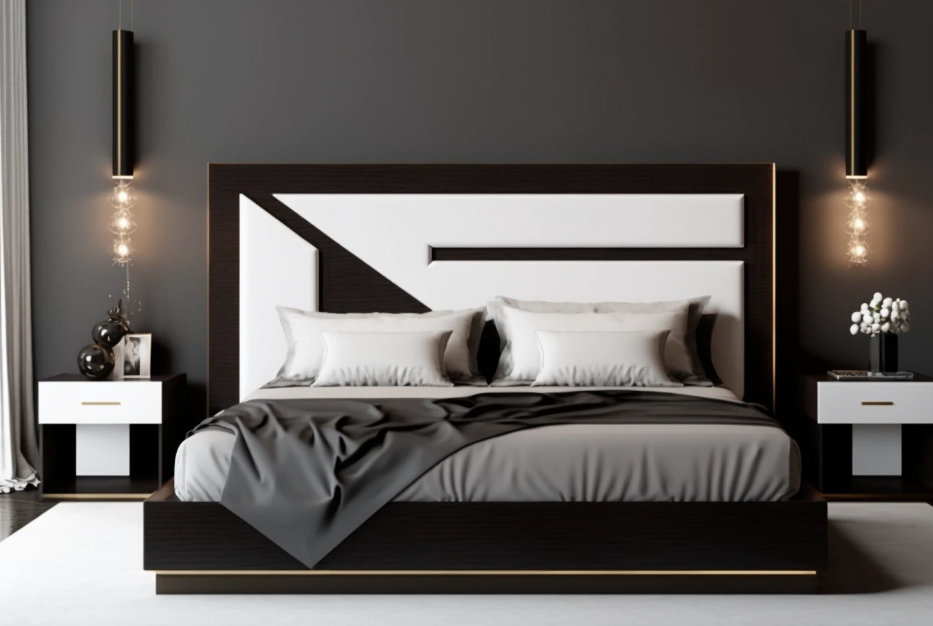Cultural Influences in Home Furniture: Exploring Global Design Trends
In the world of design for homes, cultural influences play a significant influence in the design of furniture around the world. The merging of traditional and history with contemporary aesthetics has resulted in an exciting development of designs that reflect the various societies and cultures of our time. This article explores an intriguing world of influences from cultures on furniture for homes, shining an understanding of the dynamic interaction between tradition, design, and modernity.
Introduction
Furniture is always more than just utilitarian items They are a symbol of cultural values, identity, and aesthetics. This article will take you on a journey across continents and explore the different ways in which cultures influence and continue to influence furniture design for home use.
Historical Foundations of Furniture Design
To comprehend the present, it is necessary to explore the past. Social norms, historical events, and artistic movements all created the various designs of home furniture that we have in the present. From the intricate design from the Italian Renaissance to the functional beauty of Scandinavian minimalism, history has left its impression on furniture design.
Asia: Tranquilly and Harmony
Japanese Minimalism: Embracing Simplicity and Nature
The Zen concept that is a part of Japan is profoundly influential on the design of furniture and led to the design of minimalist furniture that celebrates the beauty of nature and simplicity.
Chinese Elegance: Ming and Qing Dynasty Inspirations
The lavishness in the Chinese Ming, as well as Qing dynasties, can be seen in furniture with intricate carvings, exquisite lacquer work, and a harmonious mix of form and function.
Indian Opulence: Vibrant Colors and Intricate Patterns
Indian furniture is an expression of India's diverse array of traditions and colors, furniture pieces are decorated with vivid hues and intricate designs that tell stories of the past.
Europe: Timeless Elegance and Innovation
Scandinavian Simplicity: Form Follows Function
Scandinavian design philosophy is based on the importance of simplicity and functionality, resulting in furniture that effortlessly fits into the daily routine and exudes timeless elegance.
French Sophistication: Rococo and Baroque Influences
French furniture, specifically of those of the Rococo and Baroque period, has elaborate ornamentation and elaborate details and a love of extravagantness and splendor.
Italian Renaissance Revival: Ornate Craftsmanship
It was the Italian Renaissance that brought forth furniture that displays intricate details and workmanship, evoking the revival of architectural and classical influences.
Africa: Nature and Spirituality
African Tribal Art: Symbolism and Connection to the Earth
African furniture is deeply rooted in tribal cultures and is often decorated with symbols that have an important spiritual meaning and connection to nature.
Moroccan Mystique: Geometric Patterns and Rich Textures
Moroccan furniture style is characterized by the use of geometric designs and rich materials, bringing a sense of awe and luxury that draws inspiration from the rich history of trading and the exchange of culture.
Americas: Cultural Diversity and Creativity
Native American Traditions: Symbolic Motifs and Natural Elements
Furniture that is influenced by Native American cultures features symbolic patterns and materials from nature that celebrate a profound connection to the earth.
Latin American Vibes: Bold Colors and Folklore Motifs
Latin American furniture is a colorful expression of culture and is distinguished by vivid colors, intricate folklore motifs, and a celebration of the community.
Modern Fusion: Blending Cultures Seamlessly
Global Bohemian: Eclectic Mix of Textures and Patterns
The bohemian global style is a harmonious blend of different cultures with a variety of patterns, textures, and artifacts that cross borders.
Transitional Fusion: Harmonizing Traditional and Contemporary Elements
Transitional furniture designs find equilibrium by seamlessly mixing traditional and modern components, providing people who are looking for a harmonious mix of modern and traditional.
Sustainable Trends: Cultural Preservation and Eco-Friendly Designs
Indigenous Materials: Honoring Ancestral Techniques
Sustainable furniture design is based on making use of indigenous materials and conserving traditional techniques of crafting, creating more intimate connections to cultural heritage.
Traditional Craftsmanship: Supporting Local Artisans
The support of local artisans through furniture design does not just help keep traditional craft skills alive but also encourages sustainable practices and development within communities.
Technology and Innovation: Shaping the Future of Cultural Furniture
Digital Crafting: Customization and Mass Personalization
Modern technology has enabled digital design, which allows for massive personalization and customization of furniture designs that meet individual needs.
Smart Integration: Combining technology with tradition
The combination of smart technology with traditional furniture design improves functionality and ease of use while preserving the core of cultural aesthetics.
Conclusion
The intricate relationship between furniture design and culture continues to delight our senses. As we take on global connectivity and appreciate the diversity of our world, our homes are an environment where cultures are merged harmoniously, creating environments that are both intimate and universally resonate.
Frequently Asked Questions
- What influences from culture influence the design of furniture?
Cultural influences shape furniture designs by incorporating distinct aesthetics, materials, and symbols into the design process. - What's the importance of sustainable furniture?
Sustainable furniture design respects the cultural past while encouraging sustainable practices that are environmentally friendly and assist local communities. - Does modern furniture include traditional features?
Modern furniture usually blends contemporary design and the traditional to make original and highly culturally rich pieces. - What technology can enhance the design of furniture that is cultural? Technology allows for individualization, mass customization, and the incorporation of smart features increasing the utility and aesthetic of furniture that is cultural.
- How can I go to explore and buy furniture that is culturally influenced? You can explore and buy furniture with a cultural influence from trusted furniture stores on the internet, marketplaces for online sales, and even artisanal workshops.
